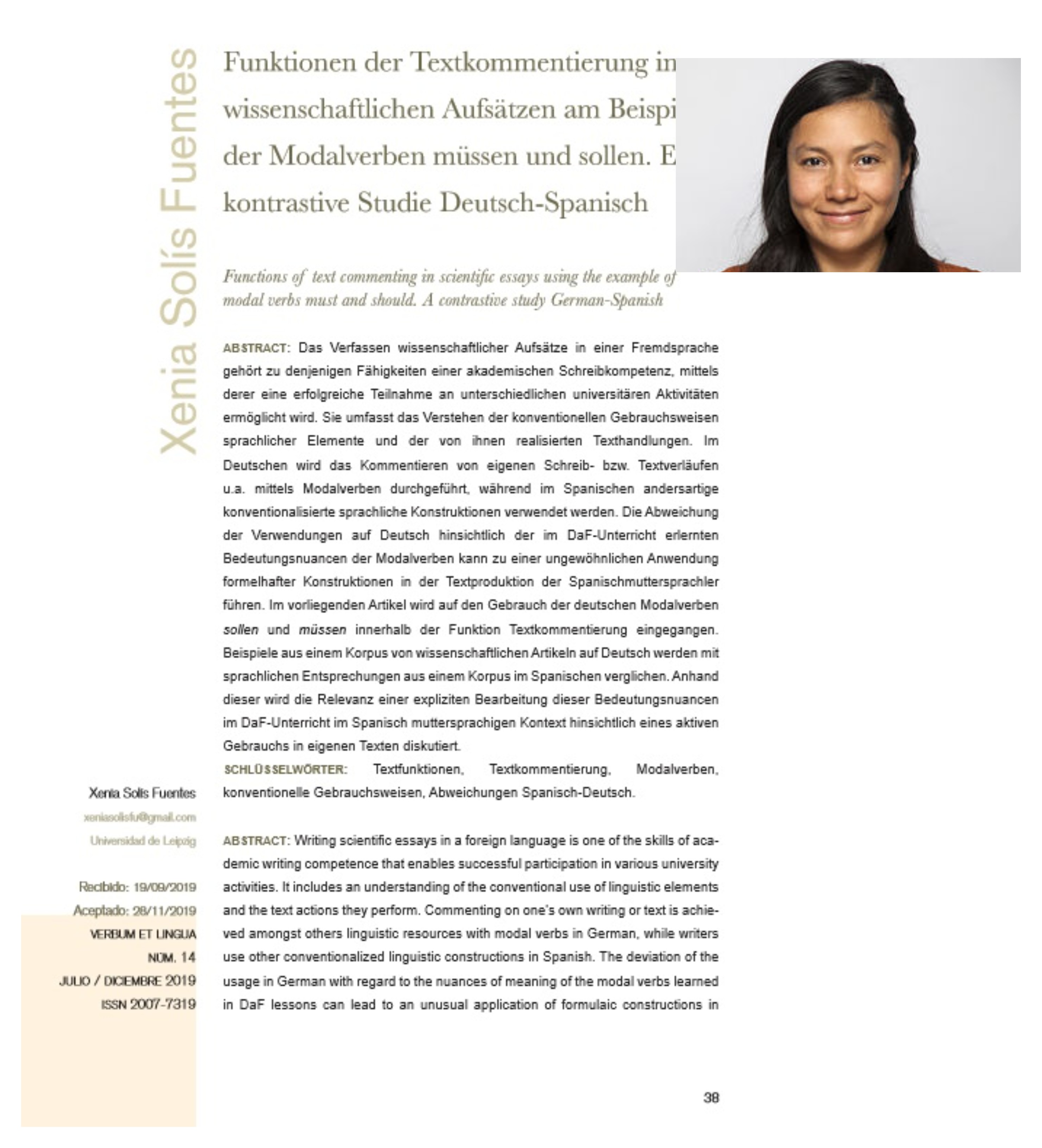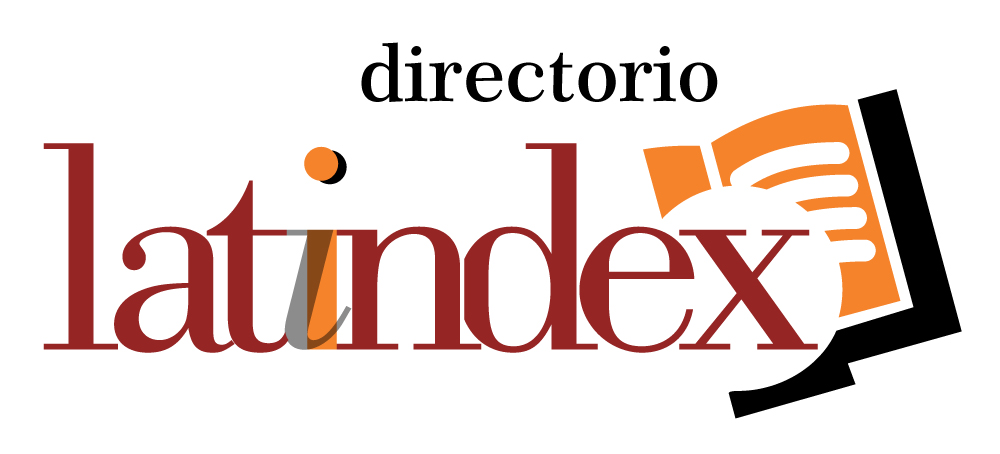Funktionen der Textkommentierung in wissenschaftlichen Aufsätzen am Beispiel der Modalverben müssen und sollen. Eine kontrastive Studie Deutsch-Spanisch.
DOI :
https://doi.org/10.32870/vel.vi14.129Mots-clés :
Textfunktionen, Textkommentierung, Modalverben, konventionelle Gebrauchsweisen, Abweichungen Spanisch-DeutschRésumé
Das Verfassen wissenschaftlicher Aufsätze in einer Fremdsprache gehört zu denjenigen Fähigkeiten einer akademischen Schreibkompetenz, mittels derer eine erfolgreiche Teilnahme an unterschiedlichen universitären Aktivitäten ermöglicht wird. Sie umfasst das Verstehen der konventionellen Gebrauchsweisen sprachlicher Elemente und der von ihnen realisierten Texthandlungen. Im Deutschen wird das Kommentieren von eigenen Schreib- bzw. Textverläufen u.a. mittels Modalverben durchgeführt, während im Spanischen andersartige konventionalisierte sprachliche Konstruktionen verwendet werden. Die Abweichung der Verwendungen auf Deutsch hinsichtlich der im DaF-Unterricht erlernten Bedeutungsnuancen der Modalverben kann zu einer ungewöhnlichen Anwendung formelhafter Konstruktionen in der Textproduktion der Spanischmuttersprachler führen. Im vorliegenden Artikel wird auf den Gebrauch der deutschen Modalverben sollen und müssen innerhalb der Funktion Textkommentierung eingegangen. Beispiele aus einem Korpus von wissenschaftlichen Artikeln auf Deutsch werden mit sprachlichen Entsprechungen aus einem Korpus im Spanischen verglichen. Anhand dieser wird die Relevanz einer expliziten Bearbeitung dieser Bedeutungsnuancen im DaF-Unterricht im Spanisch muttersprachigen Kontext hinsichtlich eines aktiven Gebrauchs in eigenen Texten diskutiert.
Téléchargements
Métriques













